Plumbing supply - won't provide pricing
8 years ago
Featured Answer
Sort by:Oldest
Comments (68)
- 8 years ago
- 8 years agolast modified: 8 years ago
Related Discussions
Plumbing fittings, price and/or quality?
Comments (6)I have purchased bulkhead fittings both online as well as a local farm supply dealer. One thing I noticed was the 2" bulkhead fitting at the farm supply had a larger outside diameter than the 2" bulkhead fitting I purchased from an online pond dealer. The smaller fitting allowed me to get the fitting closer to the bottom of my filter box. They never tell you the outside diameter in the description. The quality seemed about the same - but the farm supply was cheaper....See MoreWholesale buyer won't let me buy from them!!
Comments (32)Rue Anemone: I have a suggestion for you, since you are new to the retail business. This winter, when you have a little time, perhaps you can attend at least one industry trade show. The two largest, and nearest to you, would be the Mid-Am show, which is in Chicago, usually the third week of January. It is a huge show, and you would find many vendors there, both in woody plants and perennials. Or, you could attend the CENTS show in Ohio - very big as well, and many nurseries and perennial growers represented there as well. This might give you a better overall view of the industry, as well as a wider palette of vendors to choose from. There are many excellent growers in the heart of the country, as well as east and west coast growers. These are not expensive shows to attend, if you like, there are optional seminars which are usually very well done and worth the time. Bring your walking shoes, a sturdy bag or briefcase to carry all your catalogs, and an open mind. I think you'd find this really helpful in your new business venture. Hope you've had a good season and are gearing up for an even better 2006! PP...See Moresupply plumbing decision help
Comments (5)Hey mikeyvon, Our plumber ran all copper under floor, then once inside the house went with pex for ease of running the lines up to the second story bath. Continous run with no fittings needed to run around obstructions made it nice as he was able to "snake" through areas rather than fighting with 90 and 45 copper fittings searching for avenues. He probably would have went all pex, but had just tooled up for it after doing the underfloor so our house was his first. He's old school and wanted to wait for awhile to see how pex was working out since the onslaught. He found no negatives , so tooled up and is now using it primarily on all new work....See MoreContractor won't supply Building Permit
Comments (13)Great input, appreciate it! john_h said: But someone who Wont get a permit says to me that he cant. Bingo. And is what is giving me an unsettled feeling. He says he's insured, but I won't know unless I ask for proof. He has some unique methods. Has the standard installment plan, but prefers cash, won't move forward on a personal check until it clears. Doesn't have a form contract, but something he handwrites (his reply when I asked for one.) He doesn't have an office, runs his business from home. (None of these methods are slams, just observation). He commented on last couple jobs he's done in town, truck with logo, no one came by and questioned anything. Because it's in back, no one can see much here, said if he was approached he'd deal with it then. Can the town boot him off the job altogether if caught? Our town is not excessively stringent - and code enforcer/building inspector is rarely seen. But if you get caught with your pants down (no permit, breaking code) depending on his mood he can come out with full barrels blasting. But I've also been told Town has more legal recourse for small jobs (up to $2k coverage) against a contractor who gets a permit but turns out to be unscrupulous or does inferior work. Got a bit enlightened, didn't realize it took that long for contractors to get a Permit. Guess all that paperwork and producing documents does take time. Understand time is money, so would not expect that an entire morning lost would be a freebie. Think I'm feeling more uneasy now than I was when I first posted this morning. ;-)...See More- 8 years ago
- 8 years ago
- 8 years ago
- 8 years agolast modified: 8 years ago
- 8 years ago
- 8 years agolast modified: 8 years ago
- 8 years ago
- 8 years ago
- 8 years ago
- 8 years agolast modified: 8 years ago
- 8 years ago
- 8 years ago
- 8 years ago
- 8 years ago
- 8 years ago
- 8 years agolast modified: 8 years ago
- 8 years ago
- 8 years ago
- 8 years agolast modified: 8 years ago
- 8 years agolast modified: 8 years ago
- 8 years ago
- 8 years agolast modified: 8 years ago
- 8 years agolast modified: 8 years ago
- 8 years ago
- 8 years agolast modified: 8 years ago
- 8 years ago
- 8 years ago
- 8 years ago
- 8 years agolast modified: 8 years ago
- 8 years agolast modified: 8 years ago
- 8 years ago
- 8 years ago
- 8 years ago
- 8 years agolast modified: 8 years ago
- 8 years ago
- 8 years ago
- 8 years ago
- 8 years ago
- 8 years ago
- 8 years agolast modified: 8 years ago
- 8 years ago
- 8 years ago
- 8 years ago
- 8 years ago
- 8 years ago
- 8 years agolast modified: 8 years ago
- 8 years agolast modified: 8 years ago
- 2 years ago
Related Stories

REMODELING GUIDESYou Won't Believe What These Homeowners Found in Their Walls
From the banal to the downright bizarre, these uncovered artifacts may get you wondering what may be hidden in your own home
Full Story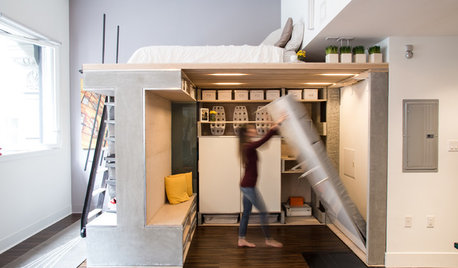
SMALL SPACESHouzz TV: You Won’t Believe Everything This Tiny Loft Can Do
Looking for more floor space, a San Francisco couple hires architects to design a unit that includes beds, storage and workspace
Full Story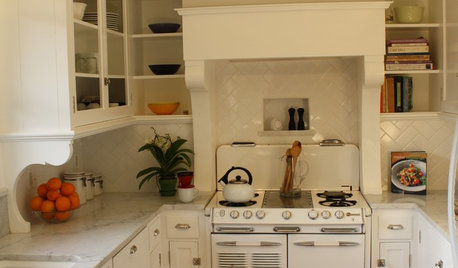
SMALL SPACES10 Tiny Kitchens Whose Usefulness You Won't Believe
Ingenious solutions from simple tricks to high design make this roundup of small kitchens an inspiring sight to see
Full Story
FURNITURE12 Sofa Colors That Won't Box You In
With any of these colors as a base, you can change your decor as often as you change your mind
Full Story
BUDGET DECORATING15 Summery Decorating Ideas That Won't Break the Bank
Transport yourself seaside with a bit of paint or a few airy accessories
Full Story
ARTLet's Put a Price on Art: Your Guide to Art Costs and Buying
We paint you a picture of what affects an artwork's price — plus a little-known way to take home what you love when it's beyond your budget
Full Story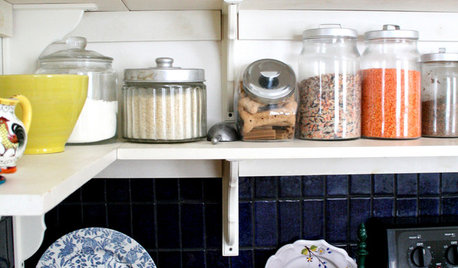
KITCHEN DESIGNDisplaying Kitchen Supplies — Hot or Not?
Do some kitchens just beg for a cozy row of canisters and gear for all to see? Have a look and let us know what you think
Full Story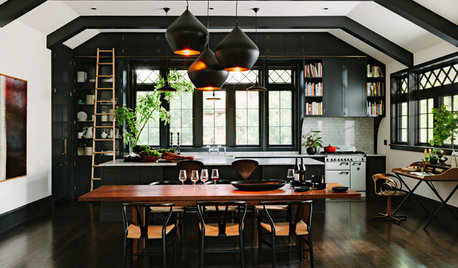
HOLIDAYSHoliday Party Prep: Ready Your Supplies
Take stock of serveware, wash off the dust and clear out the pantry now for low-stress entertaining later
Full Story
MOST POPULAR5 Remodels That Make Good Resale Value Sense — and 5 That Don’t
Find out which projects offer the best return on your investment dollars
Full Story
DECORATING GUIDESBudget Decorator: How to Save When You Don’t DIY
You don’t have to be crafty to decorate your home inexpensively. Here are other ways to stretch your design dollars
Full Story


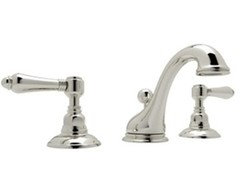

User